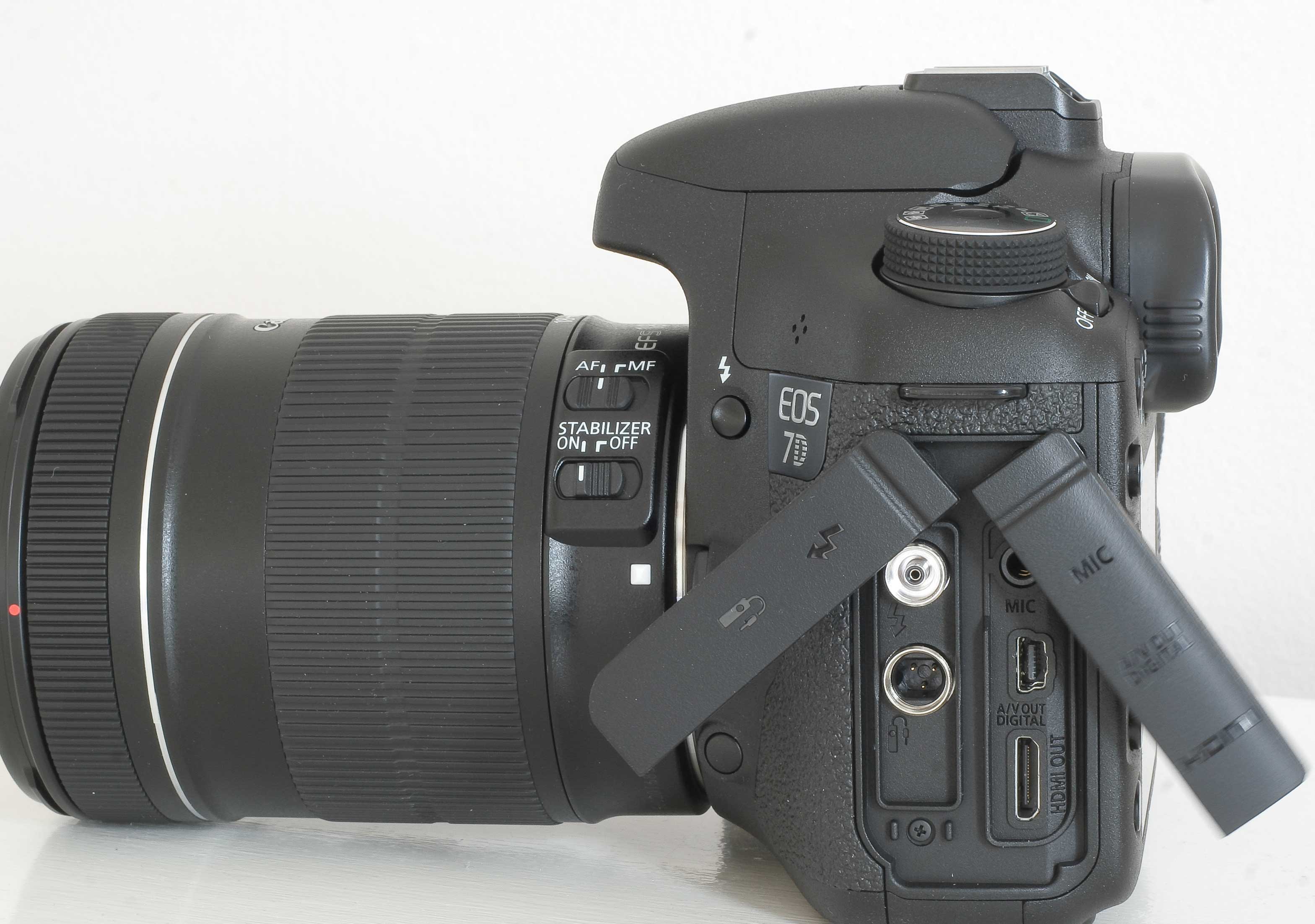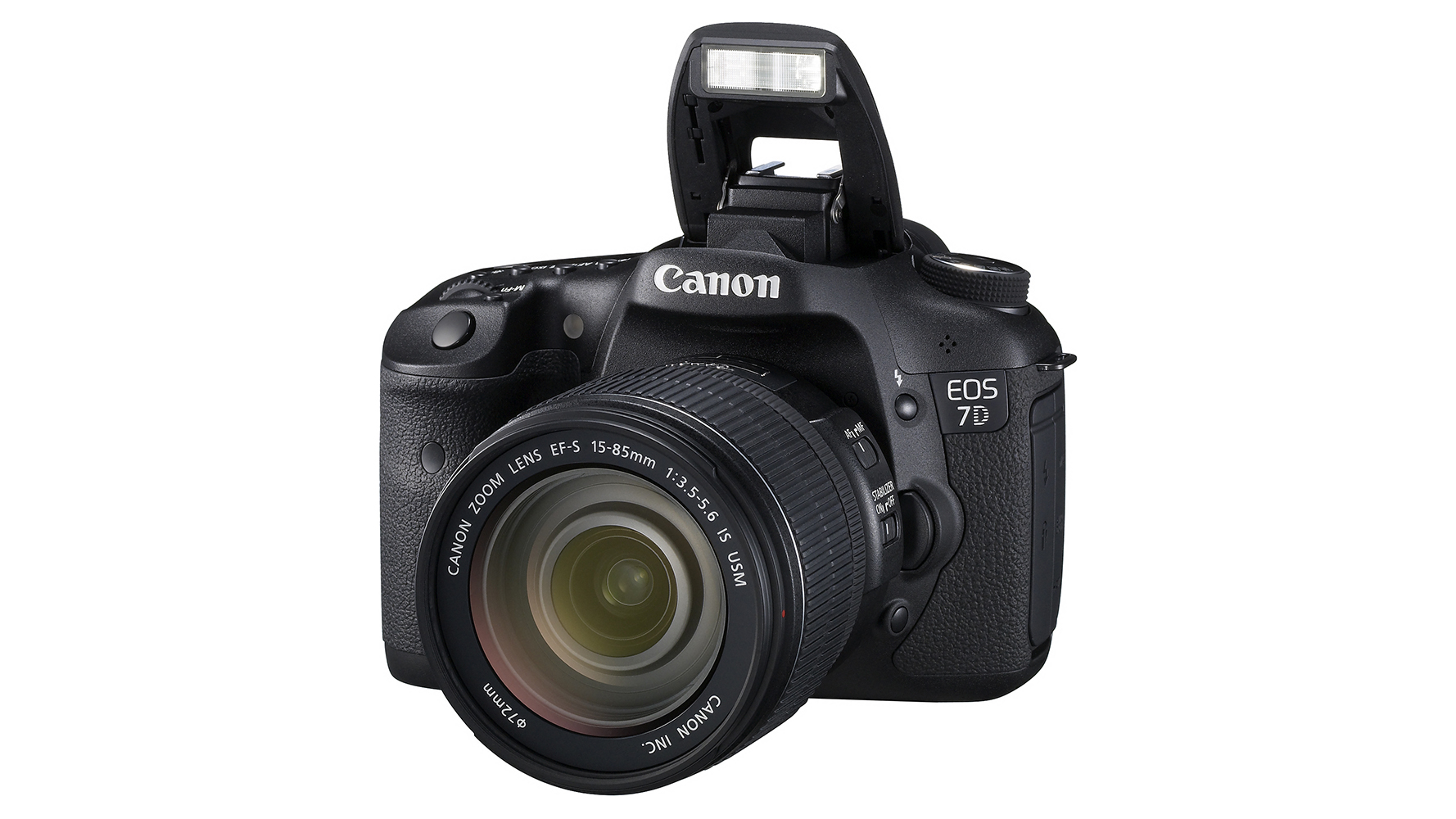Why you can trust TechRadar

The excellent Nikon D300S looms large over the 7D and matches it in virtually every way. The Nikon's build quality is superlative, its continuous mode performance is just about the same, and usability, while significantly different from the 7D's, is great.
The D300S is just as fast to use, easy to adjust, and easy to control as the 7D. And, its autofocus system is about the same thanks to its 15 cross-type sensors, making it just about as good for sports and wildlife.
Just about the only area in which the 7D is significantly better than the D300S is its video mode. The D300S' is seriously hampered – only five minutes of recording time per clip, a maximum of 720p resolution and the generally less impressive overall quality of Motion-JPEG compared to the 7D's silky-smooth H.264 all make the 7D better for aspiring videographers.
That means, naturally, that the 5D MKII beats the 7D in a straight image quality comparison – but only just. Compared with shots taken by an original 5D, the 7D's 3200 ISO images were noisier, but not to the point of destruction. The difference between the 5D MKII and the 7D comes when you compare the maximum ISO – the 7D will go as high as 12,800 if you tinker with the custom settings. The 5D MKII goes twice as far, to 25,600.
There's also a slight difference in resolution - the 5D MKII has the edge with its 21.1MP sensor, versus the 7D's 18MP APS-C CMOS.
We liked:
The 7D's high-ISO performance is hardly bad and the camera has a suprb advanced auto-focus system.
The 1.6x crop factor of the 7D's smaller sensor is also a potential advantage. It's also built incredibly well and the video mode, while not perfect, is better than any other HD-DSLR we've seen, thanks to its excellent quality, full manual control and 24p frame rate.
We disliked:
That kit lens isn't the greatest and with 18 million pixels you can fill up your memory cards pretty quickly if you shoot continuously.
Final verdict
The obvious decision for anyone looking to buy a Canon is whether to go for the 7D or splash out on the 5D MKII. With the 5D MKII costing around £450 extra, it's not an easy choice.
For the most fine-grained image quality, and particularly for professional photographers who cover tricky events such as weddings, the 5D MKII is the one to go for. The full frame sensor and massive pixel give you control over your pictures that the 7D doesn't quite match - although it's not far behind.
Wildlife and sports photographers, however, will find that the EOS 7D gives better results once they have learned how to set up its rather complex AF system to suit them and the subject.
If you want to shoot video, the decision swings towards the 7D. The 7D is undeniably excellent camera, but for once, that doesn't make the decision any easier.
Dave is a professional photographer whose work has appeared everywhere from National Geographic to the Guardian. Along the way he’s been commissioned to shoot zoo animals, luxury tech, the occasional car, countless headshots and the Northern Lights. As a videographer he’s filmed gorillas, talking heads, corporate events and the occasional penguin. He loves a good gadget but his favourite bit of kit (at the moment) is a Canon EOS T80 35mm film camera he picked up on eBay for £18.
